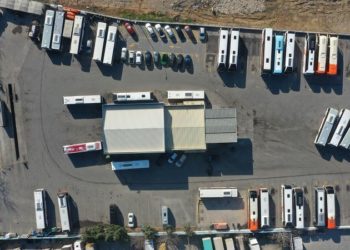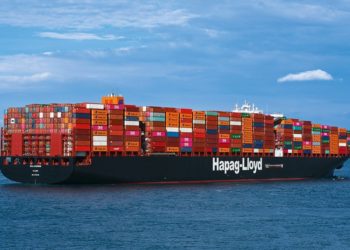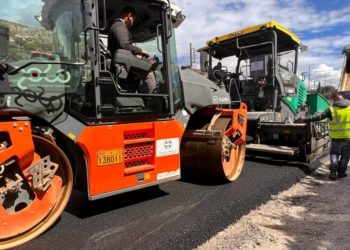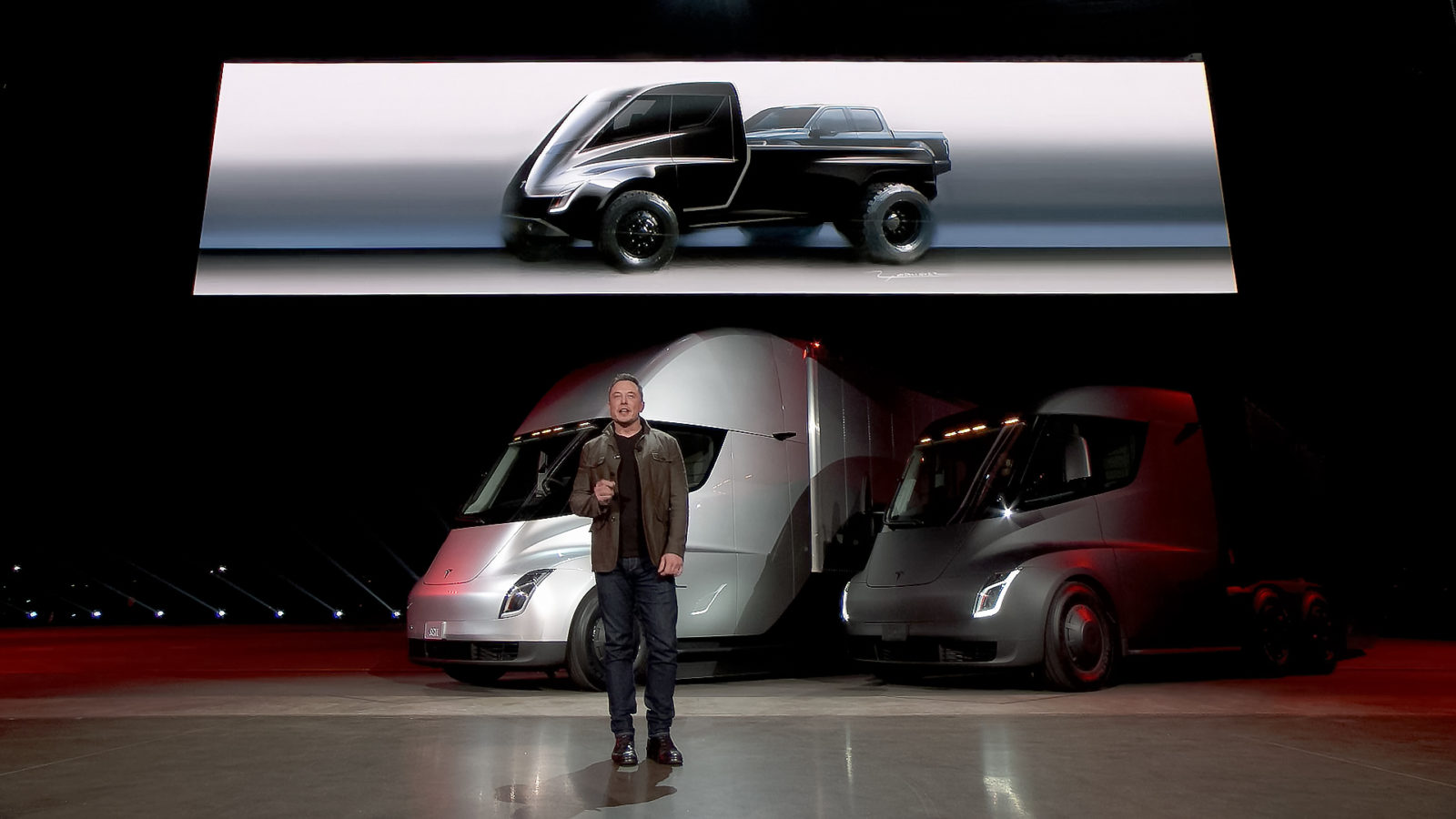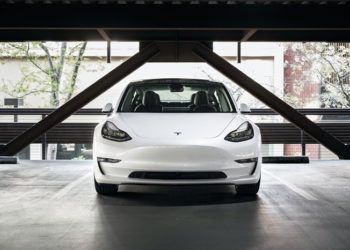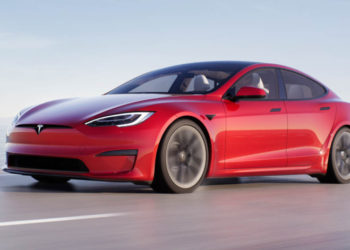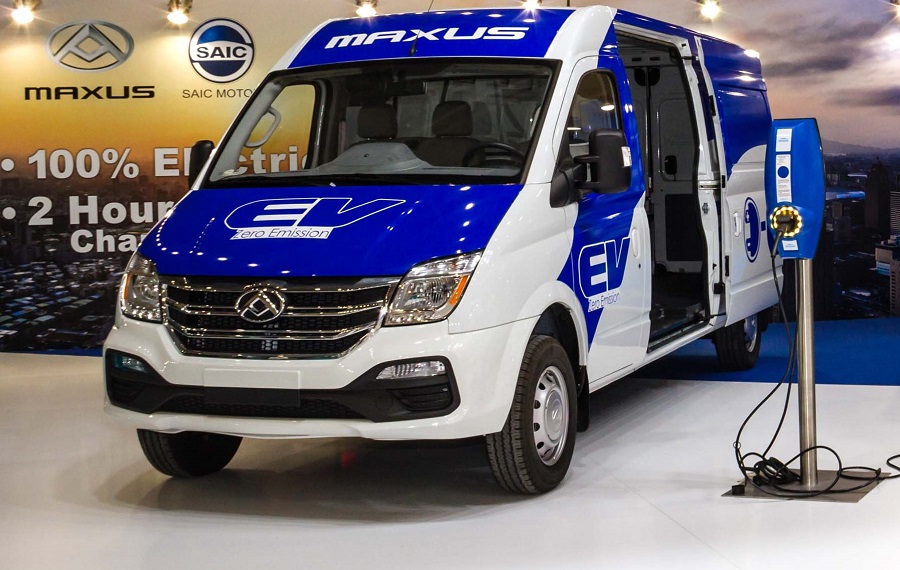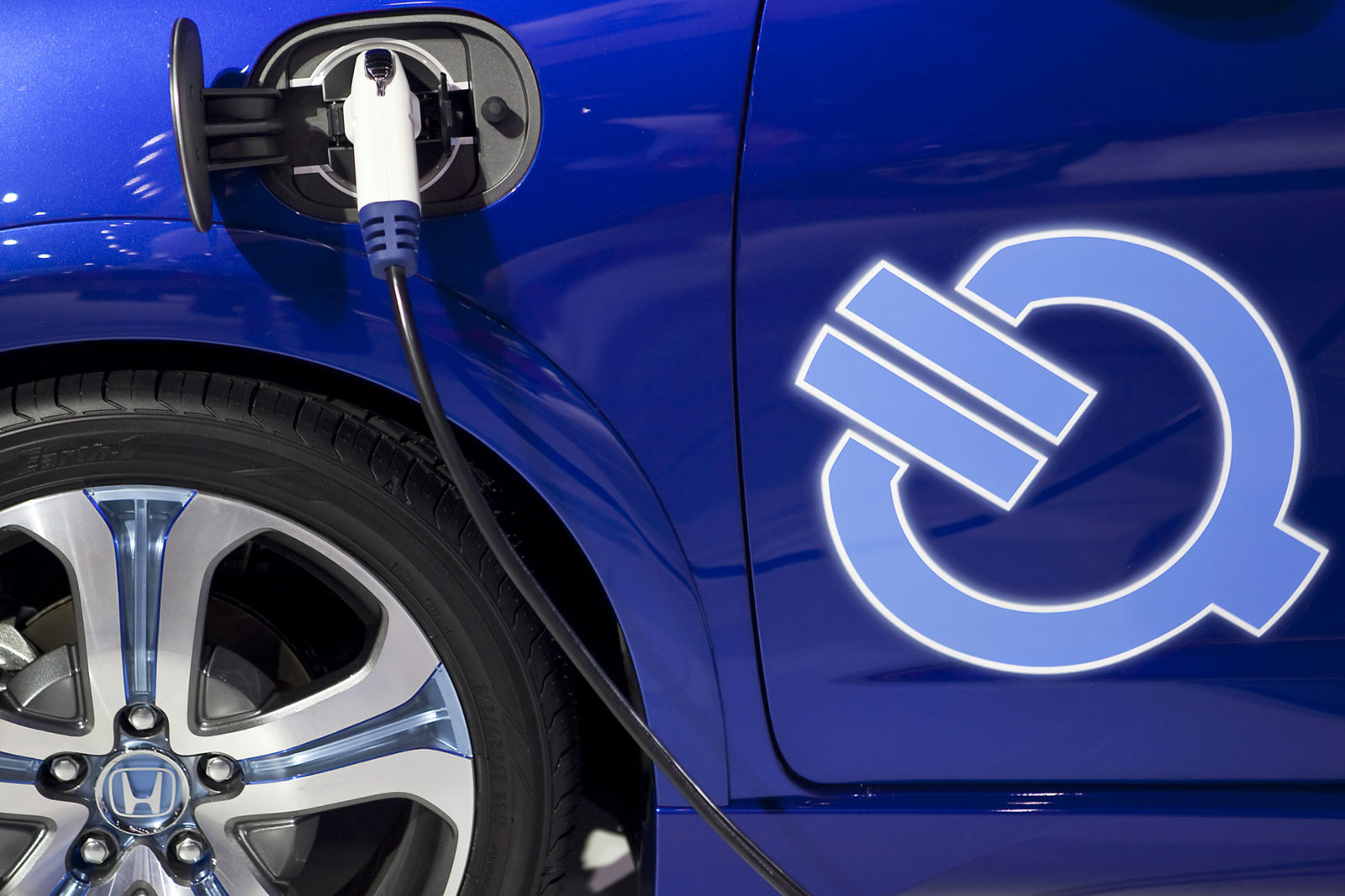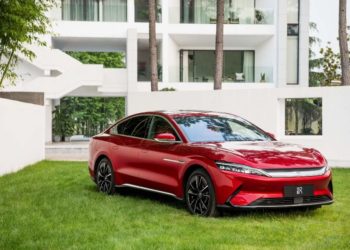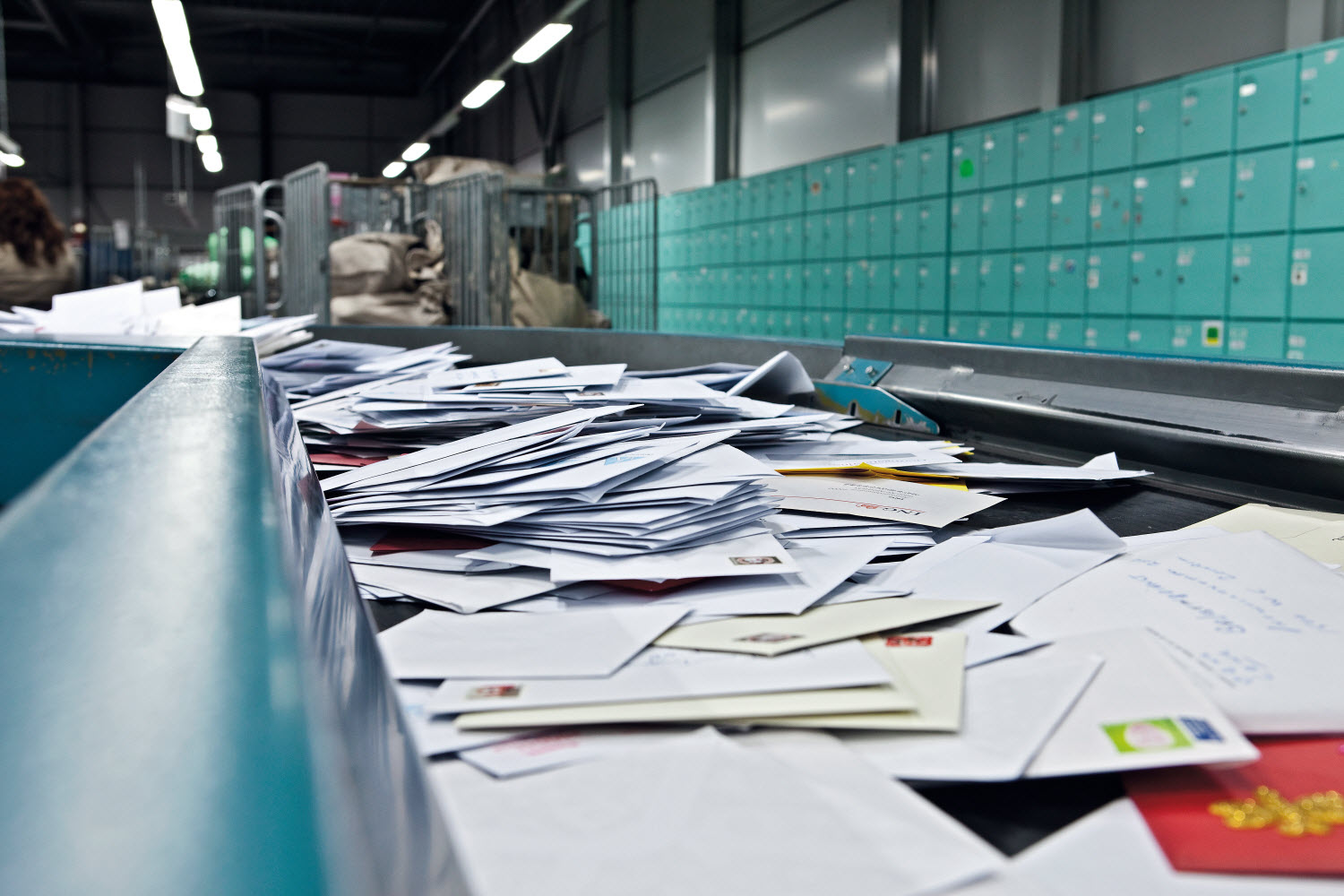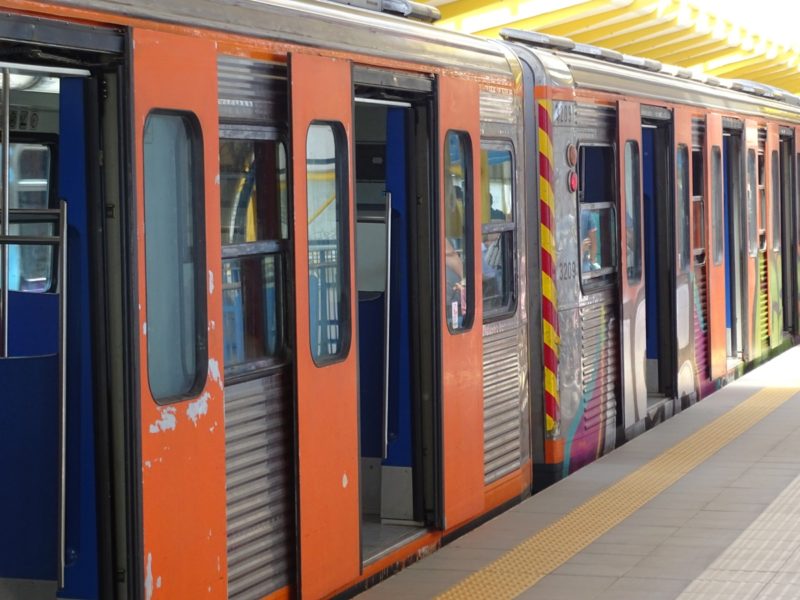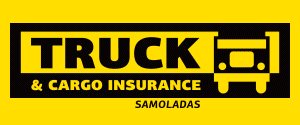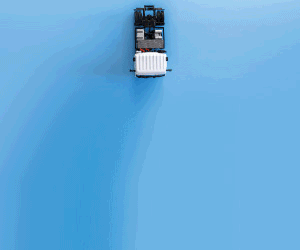The company also announced that its chief financial officer, Deepak Ahuja, would retire, extending a slide in shares after hours to 4%.
The results offered a mix bag for investors as the company both expressed optimism that it could post a profit in the first quarter despite fewer deliveries of its flagship S and X vehicles, while warning of challenges such as logistics and global deliveries of its new Model 3.
Tesla is beginning to ship its Model 3 to Europe and Asia from California. To cut costs and transit times, Tesla plans to build a factory in China. It hopes to produce 500,000 vehicles a year there by the last quarter of 2019 and the second quarter of 2020, a goal it originally expected to meet in 2018.
Mr Musk announced a 7 per cent workforce reduction earlier this month, saying it was crucial to cut costs so that the company could roll out lower-priced versions of its Model 3.
The cheapest Model 3 today is priced at $44,000 but Tesla hopes to get the cost down to $35,000.
Tesla said that Model 3 production volume at its Fremont, California factory would ramp up, ultimately reaching a long-promised 7,000 units per week by the end of the year.
Roth Capital Partners analyst Craig Irwin called Tesla’s results “somewhat weak, but largely as expected,” and expressed disappointment that the company did not announce it would soon begin building a $35,000 version of its Model 3.
“We think people have been too bullish about Tesla showing earnings power, and sustained positive cash from operations,” he said.
In a surprise announcement at the end of a conference call with analysts, Musk said CFO Ahuja would be replaced by Zach Kirkhorn, who has been at Tesla for nine years.
More cash
Tesla is hoping that money saved from job cuts, together with ongoing improvements to manufacturing processes, will boost its margins and free cash flow, which widened to $909.6 million in the quarter after ending its third quarter at $881 million, excluding costs of systems for its solar business.
Tesla said it ended the quarter with $4.3 billion in cash after spending $325 million in capital expenses and said it could pay a $920 million convertible bond maturing in March.
Investors have been wondering whether Tesla will seek more capital, which many analysts believe will be necessary to fund ongoing projects, such as upcoming production in 2020 of the Model Y SUV, the building of factories in China and Europe, and the expansion of Tesla’s existing Nevada battery plant, the Gigafactory.
“Tesla has a fantastic brand, and by all accounts a fantastic product, but we’re worried it’s also fantastically expensive,” said Nicholas Hyett, Equity Analyst at Hargreaves Lansdown. “2019 could prove a make-or-break year.”
The winding down of a federal subsidy this year will make all Tesla cars more expensive and could hurt sales. Some analysts have also expressed concerns that sales of the Model S and X -which carry higher margins- may slow due to the erosion of the tax credit.
Tesla said it expected lower S and X deliveries in the first quarter, given a “pull-forward in demand” in 2018 for those vehicles in 2018 when the subsidy was still available in full. Tesla recognizes revenue once a vehicle is delivered.
The company made a net profit of $139.5 million in the three months ended December 31st, compared with a $311.5 million in the third quarter, when it benefited from regulatory credits.
Excluding items, Tesla earned $1.93 per share, missing expectations of $2.20 per share, according to IBES data from Refinitiv.
Tesla’s total revenue rose 5.9 per cent to $7.23 billion, beating the analyst average estimate of $7.08 billion.
(Reuters)

